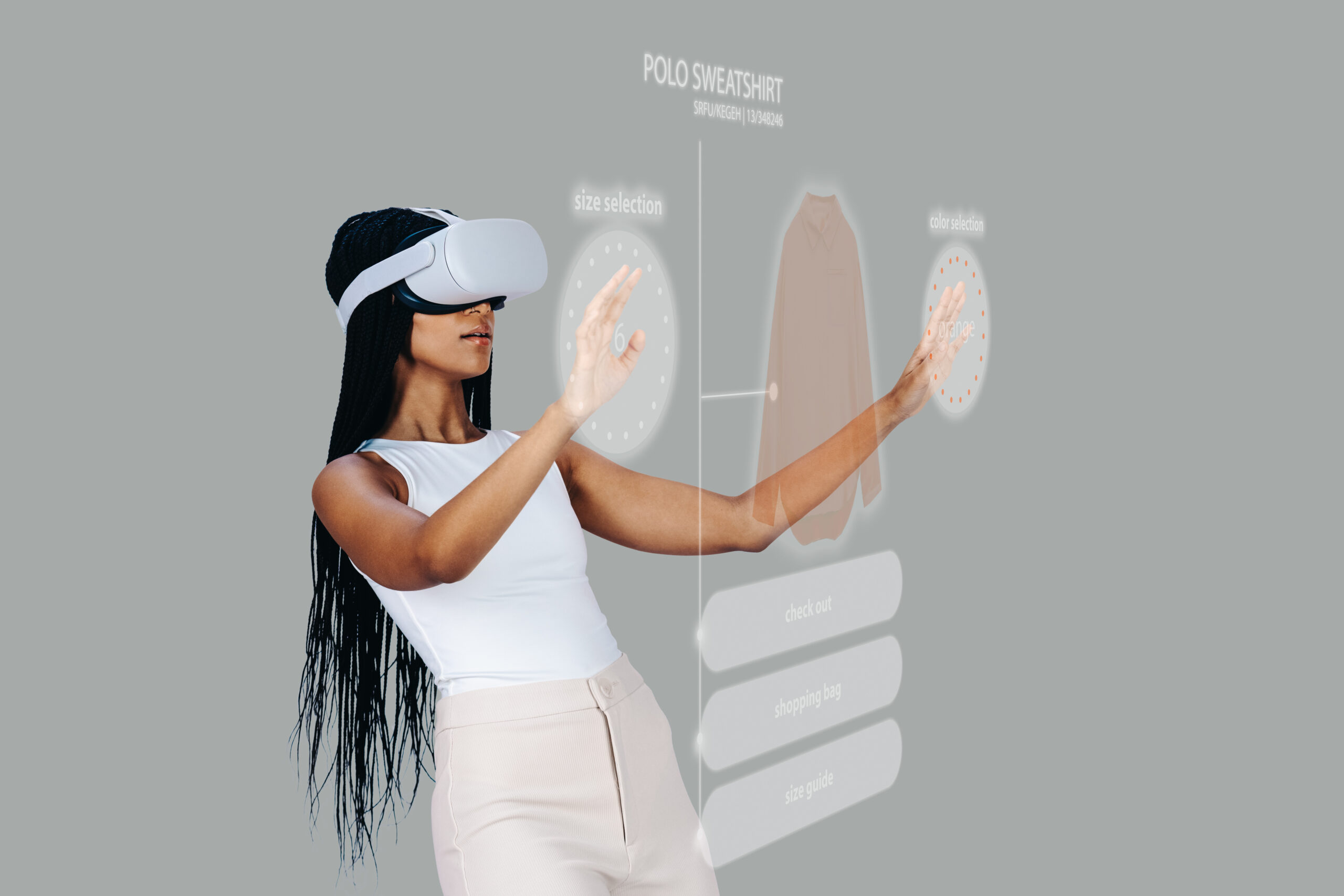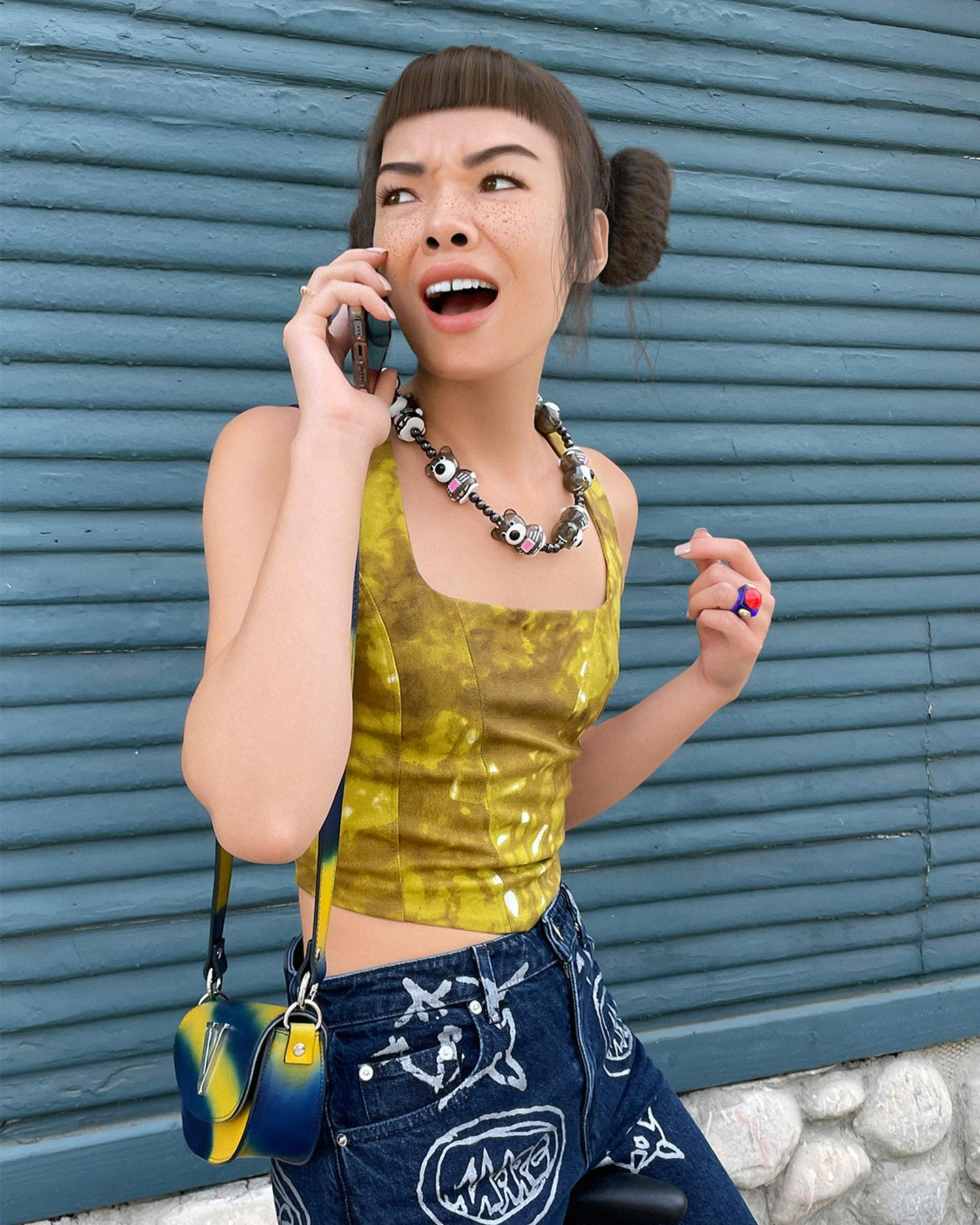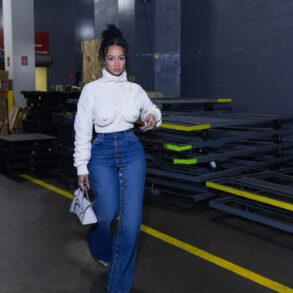DIFFERENT clothing styles for men and women may cease to exist in 20 years, according to bosses at genderless brand Pitod.
The London-based firm predicts that by 2040, people will have “no choice” but to buy non-binary garments.
Founder Pedro Trajano says: “I don’t think you will be shopping for men’s clothes or women’s clothes. There will just be clothes for everyone.”
The impact of genderless clobber remains to be seen.
But there is no disputing the fashion industry is undergoing a seismic shift.
How we shop, what we buy and the way garments are produced is evolving faster than ever.
READ MORE FASHION NEWS
Software company Adobe has unveiled a “digital dress”, which lets wearers change patterns on its surface at the push of a button.
And boffins are even working on clothes made from spider silk.
Andrew Grill, aka The Actionable Futurist, predicts what fashion will soon look like.
CLOTHING COULD PREDICT CANCER: Tops that diagnose disease could soon be on sale.
Most read in Fabulous
Ralph Lauren’s PoloTech smart T-shirts already record fitness activity and help recommend new workouts.
But Andrew says that, in the future, this technology will have even greater benefits.
“In ten to 15 years’ time, smart technology will be so advanced that the clothes we wear every day will be able to take our biometric measurements in real time,” he says.
“Your clothes could even predict if you are about to get cancer. This technology will not only revolutionise fashion, but the medical industry.”
But there is a possible, rather scary, downside.
Andrew says: “Your health insurer could access this information, which in time could lead to real-time health insurance policies.”
YOU WILL BECOME THE MANNEQUIN: Current augmented reality mimics a changing room scenario so we can try on clothes virtually, but it is far from perfect.
The jeans you like are superimposed on to a not-very-lifelike virtual representation of your body, showing you if the fit is right. It has not really affected shopping habits — yet.
Andrew says: “In the future, technology will make the experience so lifelike, going shopping and trying on clothes could become a distant memory.”
BYE-BYE FAST FASHION, HELLO INSTANT FASHION: So-called fast fashion has dominated our wardrobes since the high street boom of the Nineties.
Replicating catwalk trends and high-fashion designs, items are mass produced at low cost and brought to stores while demand is huge.
But that will become a thing of the past thanks to new technology.
The way we shop, what we buy and how our clothes are made will be revolutionised by science.
Andrew explains: “What if you could print the T-shirt you are wearing in Fortnite at home? The technology really isn’t very far away.
“By making computers voice-activated, the next phase of generative manufacturing will allow you to simply ask your computer to ‘design me a T-shirt’, allowing you to print your own unique design, on demand, at home.
“Cutting out the retailers, fast fashion will become instant.”
FASHION ‘SEASONS’ WILL BE IRRELEVANT: Flicking through magazines and reading about spring/summer and autumn/winter runway trends will be a thing of the past.
With designs being created in the virtual world, Andrew predicts the concept of seasonal styles will disappear.
He says: “The fashion industry will be freed from the traditional trend cycle. Instead of looking to catwalk collections for inspiration, the metaverse will influence the way we dress, how we shop, how clothes are designed and the clothes we wear.”
FABRIC WILL COME FROM SPIDERS: When NASA announced it had approached luxury fashion house Prada to design space suits for the 2025 Artemis III moon mission, many thought it was just a clever PR stunt.
All style and no substance?
Actually, no. Andrew says scientific processes are revolutionising textiles, and fashion brands are at the forefront of pioneering these ground-breaking innovations.
He explains: “As the fashion industry strives to become carbon neutral, research into renewable materials has opened up a new era of technology.”
In the future, factories will disappear as textiles are grown in laboratories.
The possibilities are very exciting — some would say out of this world.
Materials firm Bolt Threads is already growing spider silk, having extracted DNA from the creepy crawly and transformed it into a micro-organism which acts like a yeast.
Similar to the process of brewing beer, it creates a silk protein.
AI WILL TAILOR ADS TO YOUR BUDGET: Mention a pair of shoes you have spotted on the high street in earshot of your smartphone and you are soon bombarded with ads on social media related to that product.
But Andrew says promos will become even more personalised thanks to the wonders of AI.
He adds: “Current fashion advertising relies on interruption advertising, and we’re all familiar with being served up ads related to our browsing history. Some good, some wildly off the mark.
“In the future we will be served with a real time generation of images that meet our exact requirements.
“The fashion brands you engage with will use generative AI to source items you are looking for.”
So instead of being spammed with images of random shoes, you will get styles tailored to your own shoe size and budget.
WE WILL ALL HAVE DIGITAL STYLISTS: Employing a fashion expert to source our clothing will no longer only be for the rich and famous.
Andrew believes we will all be able to enlist a stylist — for free.
Well, a digital one, at least.
Read More on The Sun
He says: “Loaded with data including your personal info, likes, dislikes, shopping history, clothes size, social events, business trips and holidays, your digital stylist will be able to source outfits and plan your wardrobe.
“They will also be able to negotiate deals on certain items for you, saving you time and money.”
This post was originally published on this site be sure to check out more of their content.














